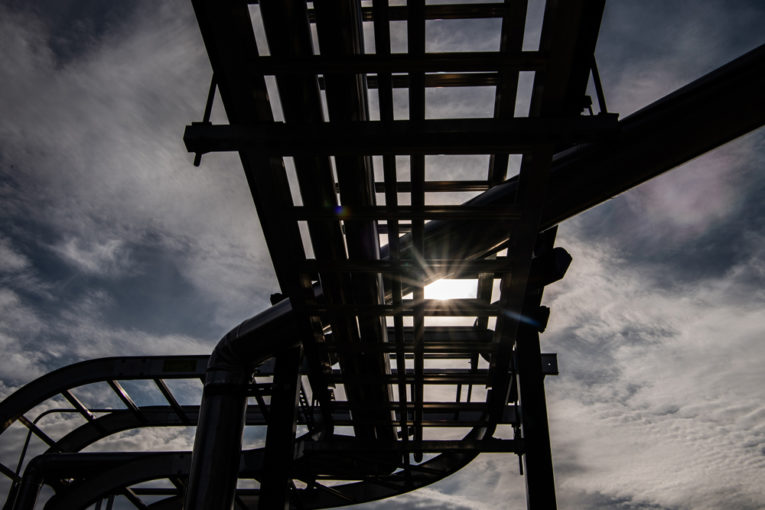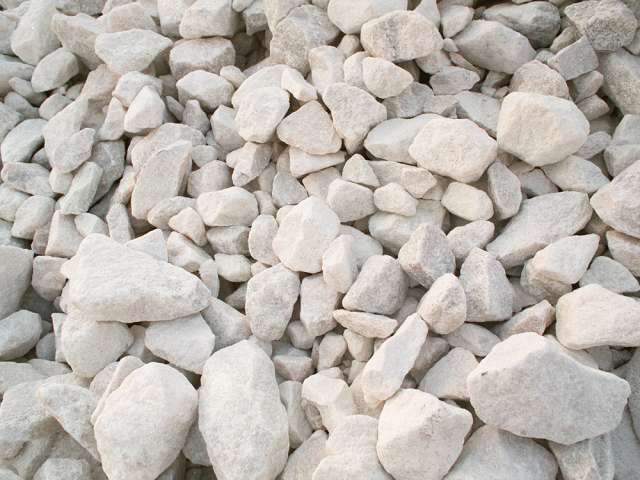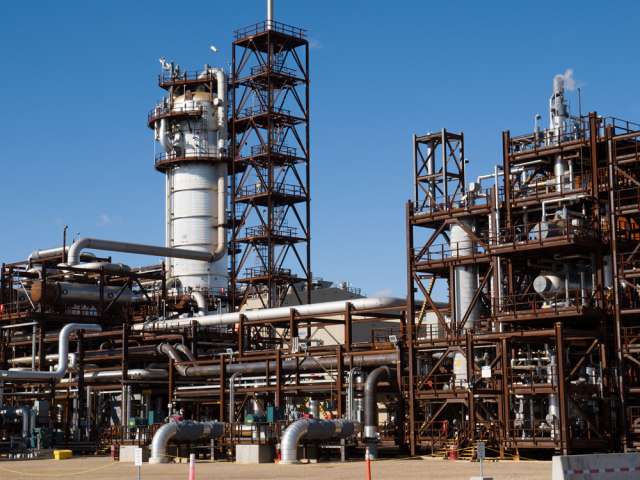
David Keith was a professor at the University of Calgary when he started putting some serious effort into devising a way to capture carbon dioxide from the air to combat climate change.
“I had some time on my hands, so I thought why not?” he said.
That was 2009 and he formed Carbon Engineering Ltd. with one of his students to push back against the prevailing wisdom that though carbon dioxide — which has risen to dramatically high concentrations in the atmosphere during the past few decades — could probably be removed from the air, it would be way too expensive to do so at any kind of meaningful scale.
“I gradually decided it wasn’t as absurdly expensive as people thought,” said Keith, an MIT-trained scientist who is now a professor of engineering and public policy at Harvard University.
A little less than a decade later, having built a pilot plant in Squamish, B.C., his early bet that innovation could bring down the cost of direct carbon capture looks prescient.
Now, as companies brace for a future in which it seems increasingly likely that regulations will force industry to pay for emitting carbon into the atmosphere, investment in carbon capture and storage is rising, and Canada, having started early, has gained an edge in expertise and experience in the burgeoning area.
“In Canada, we have this conflict, because we have a resource-rich economy, driven by things like the oilsands, but also an environmental preference,” said Steve Oldham, chief executive of Carbon Engineering. “Our technology is a way to generate oil and be environmentally friendly.”
Keith, who is now Carbon Engineering’s executive chairman, is convinced that regardless of how much money is invested in renewables, part of combating climate change requires dealing with the CO2 left over from hundreds of years of industrialization. Unlike some others, he is optimistic world leaders will create regulations to try to end climate change, just as in the past they created laws that eventually led to sewage systems.
“That’s what developed societies come from,” said Keith, who was raised in Ottawa by parents who worked as environmental regulators.
By 2015, Carbon Engineering had built a pilot plant in Squamish, B.C., capable of pulling a ton of CO2 out of the air each day — not much given that there are billions of tons of it floating around, and more and more released each day. Two years later, the company used the CO2 it captured to create a fuel for planes or other vehicles.
This past spring, after raising more than $90 million from major oil and mining companies and high-net-worth individuals, and getting a $25-million loan from the Canadian government, the company announced a plan with Occidental Petroleum Corp. to design facilities in Texas that can process 500 million tons of CO2 each year.
In a twist, Occidental plans to pump the captured CO2 back into depleted oil wells in the Permian Basin in the southwest U.S. to push up more oil to the surface — with a goal of creating a carbon-negative barrel of oil.
In Canada, energy companies have projects to store carbon underground in an effort to move towards carbon neutrality.
“I think we are a little bit Canadian about it, a little humble,” said Tim Wiwchar, project lead for Shell Canada Ltd.’s Quest project in Alberta, which recently announced it had stored four million tons of carbon underground in the past four years. “It’s not something that you can take a selfie with like a Tesla car or a wind farm.”
Carbon capture or carbon storage is still a little-known technology, even among the people most enthusiastic about ending climate change, but tax credits in California, at the U.S. federal level and in Canada during the past decade have enticed companies to explore such solutions.
Our technology is a way to generate oil and be environmentally friendly
Steve Oldham, chief executive of Carbon Engineering
CO2 currently exists in the atmosphere at around 400 parts per million. Ancient air bubbles trapped in ice suggest that CO2 has historically existed at between 200 and 280 parts per million during the past 400,000 years, according to the National Aeronautics and Space Administration.
Removing carbon from the air is a complex endeavour, according to Carbon Engineering’s Oldham, who has a well-honed speech about his company’s technology.
“Take a drop of ink, drop it into a swimming pool, come back a week later when all the kids have played in it and messed it up, and take it out,” he said. “That’s how difficult it is.”
Carbon Engineering, which has always been open about its technology, describes the process on its website: First, a fan mixes air with a hydroxide solution to capture CO2 and convert it into carbonate, which is then converted into calcium carbonate, the stuff that many seashells are made of.

The calcium carbonate is then heated to release carbon dioxide in its purified form, which can be stored or used for various purposes, while leftover calcium oxide is integrated back into the hydroxide solution from the first step to create a chemical loop.
Keith, who said the technology is “absolutely built on existing industrial process technology,” acknowledged that the largest obstacle is bringing the cost down so that companies can economically capture CO2.
The carbon can be used to make fuel, enhance oil recovery, as Occidental is planning to do, or other purposes. Carbon Engineering aims for a cost of $100 per ton, but Keith said the process may initially be more expensive.
The business plan hinges on the idea that there is a cost to carbon, and governments will continue to pass laws and regulations recognizing that view.
“In the long run, the way this will work is (having) regulations that prevent us from using the atmosphere as a waste dump for carbon,” Keith said. “Nobody expects these climate regulations to just go away.”
Such regulations already exist: In early 2018, U.S. President Donald Trump signed a bill that contained the 45Q tax credit for new fossil fuel plants, which provides up to US$35 per ton of captured CO2 if it is used for enhanced oil recovery, and US$50 if the CO2 is simply buried.
Last October, former California Governor Jerry Brown signed a bill that makes direct carbon storage projects anywhere in the world eligible for tax credits worth approximately US$160 per ton of carbon captured, depending on the spot prices.
Nobody expects these climate regulations to just go away
David Keith, executive chairman, Carbon Engineering
Duncan Kenyon, Alberta director for the Pembina Institute, a clean energy think tank, said using tax credits speaks “the language” of giant corporations.
“Companies are very good at managing their taxes,” he said. “You can start to justify some of the costs, like you can sell the credits and (companies) are very sophisticated in how they generate revenue.”
Government subsidies have definitely played a role in helping the technology develop.
In 2011, while Keith was conceptualizing his direct carbon capture technology, the Canadian branch of global oil giant Shell was getting to work on its own carbon capture and storage plans.
Wiwchar, a chemical engineer by training, was going through a rough patch, having recently lost his father and gone through a divorce. Seeking a change of pace, he looked at a position working on Shell’s project.
“As I learned about it, it became really interesting,” said Wiwchar, who has always figured that the world would transition to electric cars and gradually stop burning fossil fuels.
Shell didn’t have the technology to capture CO2 from the air, but capturing CO2 from direct sources has been done for years, so it uses CO2 produced as part of the process of converting crude bitumen from the oilsands into synthetic crude oil.

Next, Shell built a pipeline so it could inject the CO2 below the earth’s surface into a saline aquifer, located about 45 kilometres northeast of Edmonton, where it will be permanently stored.
The project received $745 million of funding from the Alberta government and $120 million from the federal government, but Wiwchar said that lessons learned along the way mean the cost today would be 25 to 30 per cent less.
Shell still receives about $30 million per year in government subsidies, based on how much carbon it captures, and Wiwchar said those subsidies will last either 10 years or until 10.8 million tons of CO2 have been stored, expected around 2025.
In 2017, Canadian Natural Resources Ltd. bought the majority of the project, though Shell remains the operator, offering one sign that carbon capture can provide valuable tax credits.
“What we’re looking at now is ways other than storage to utilize the CO2,” Wiwchar said.
The cost of storing CO2 currently comes in at around $80 to $90 per ton, he said, adding it could be pumped into greenhouses, converted into urea, a component of fertilizer, injected into concrete or used for enhanced oil recovery.
Wiwchar said his team receives inquiries about the project from governments around the world and Shell has been open about its technology.
“Canada disproportionately has some project experience and expertise in this,” said Jason Switzer, executive director of the Alberta Clean Technology Industry Alliance, and co-director of the Pembina Institute. “Canada actually punches above its weight in this area.”
He added, “The first thing you should do if you’ve got a hole is stop digging and that means decarbonizing our industries and lifestyle, and that also means we’ve got to start pulling CO2 out of the air at a very large scale.”
Financial Post
• Email: [email protected] | Twitter: GabeFriedz
You can read more of the news on source
